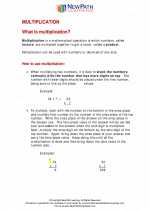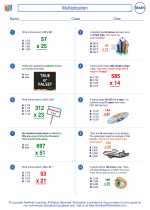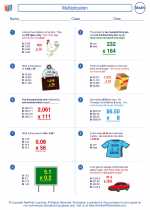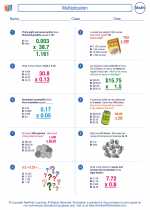Fractal Patterns Study Guide
Fractal patterns are complex geometric shapes that can be split into parts, each of which is a reduced-scale copy of the whole. These patterns often display self-similarity, meaning they look similar at any scale. Fractals can be found in nature, art, and mathematics.
Key Concepts
- Self-Similarity: Fractal patterns exhibit self-similarity, meaning they appear similar at different scales.
- Iteration: Fractals are created through a process of iteration, where a simple pattern is repeated multiple times, often with slight variations.
- Fractal Dimension: Fractals have a non-integer dimension, meaning they can have a fractional dimension that represents their intricate structure.
- Natural and Artificial Examples: Fractal patterns can be found in natural phenomena such as coastlines, snowflakes, and clouds, as well as in man-made designs and art.
Study Tips
Here are some tips for studying fractal patterns:
- Explore real-world examples of fractal patterns in nature and art to gain a better understanding of their characteristics.
- Learn about famous fractal shapes such as the Mandelbrot set and the Koch snowflake, and understand how they are constructed.
- Experiment with creating your own fractal patterns using simple geometric shapes and iterative processes.
- Understand the concept of fractal dimension and how it differs from traditional Euclidean dimensions.
- Practice identifying self-similarity in various fractal patterns to develop a keen eye for recognizing fractals in different contexts.
Further Exploration
If you're interested in delving deeper into fractal patterns, consider exploring topics such as fractal geometry, chaos theory, and the applications of fractals in computer graphics and visual arts.
.◂Math Worksheets and Study Guides Sixth Grade. Multiplication
Study Guide Multiplication
Multiplication  Worksheet/Answer key
Worksheet/Answer key Multiplication
Multiplication  Worksheet/Answer key
Worksheet/Answer key Multiplication
Multiplication  Worksheet/Answer key
Worksheet/Answer key Multiplication
Multiplication 

 Worksheet/Answer key
Worksheet/Answer key
 Worksheet/Answer key
Worksheet/Answer key
 Worksheet/Answer key
Worksheet/Answer key

The resources above cover the following skills:
The Number System
Compute fluently with multi-digit numbers and find common factors and multiples.
Fluently multiply and divide multi-digit whole numbers using the standard algorithm. Express the remainder as a whole number, decimal, or simplified fraction; explain or justify your choice based on the context of the problem.